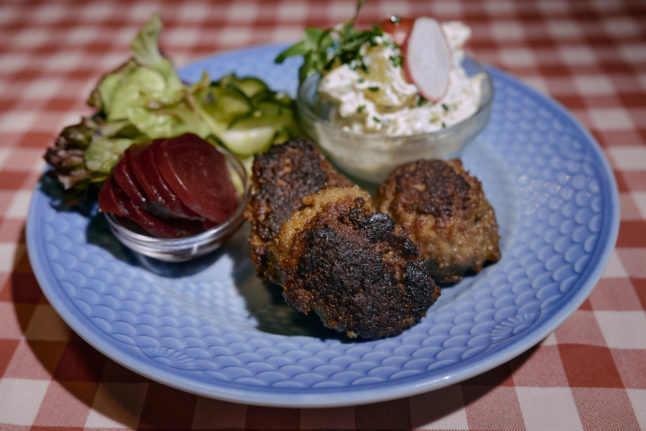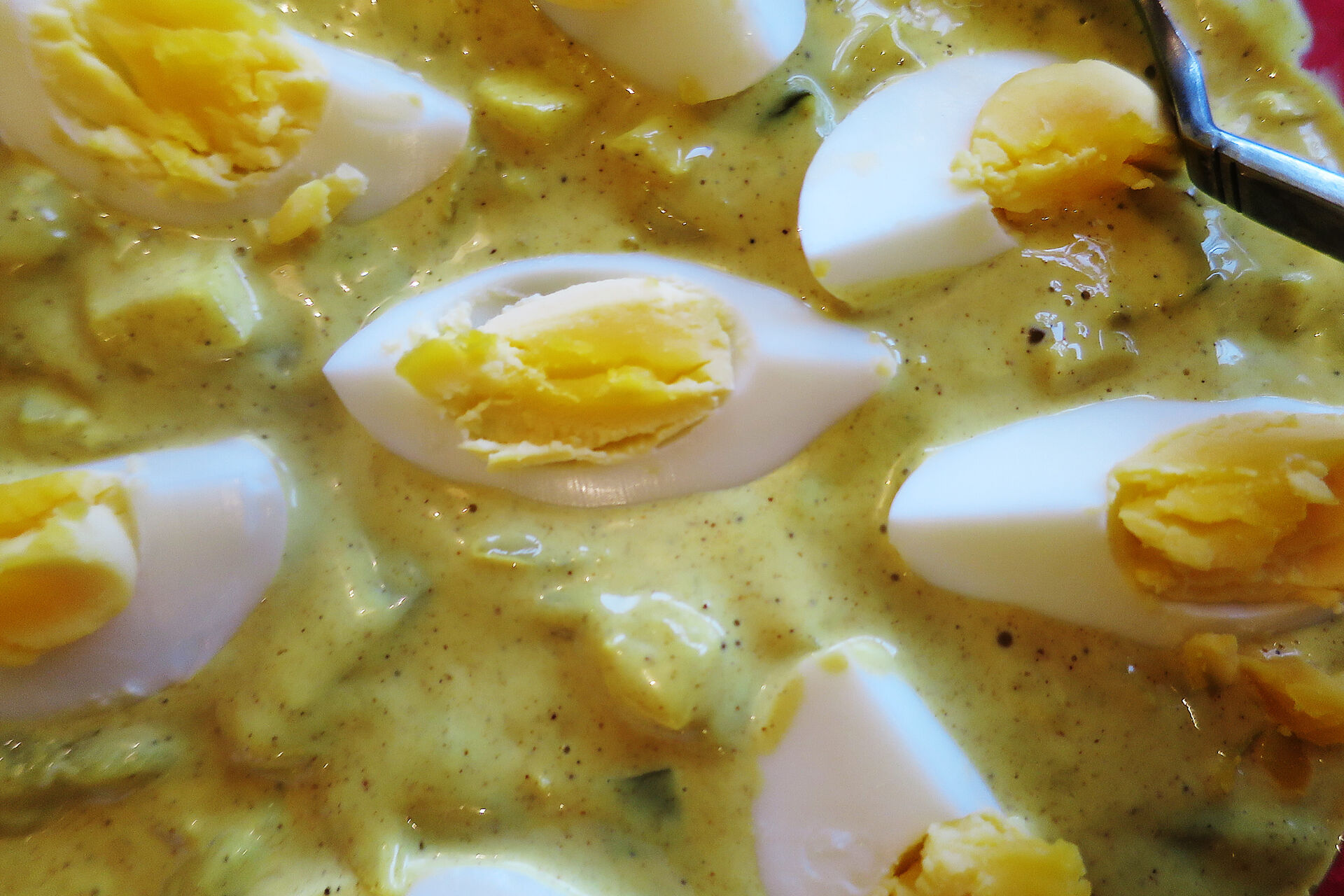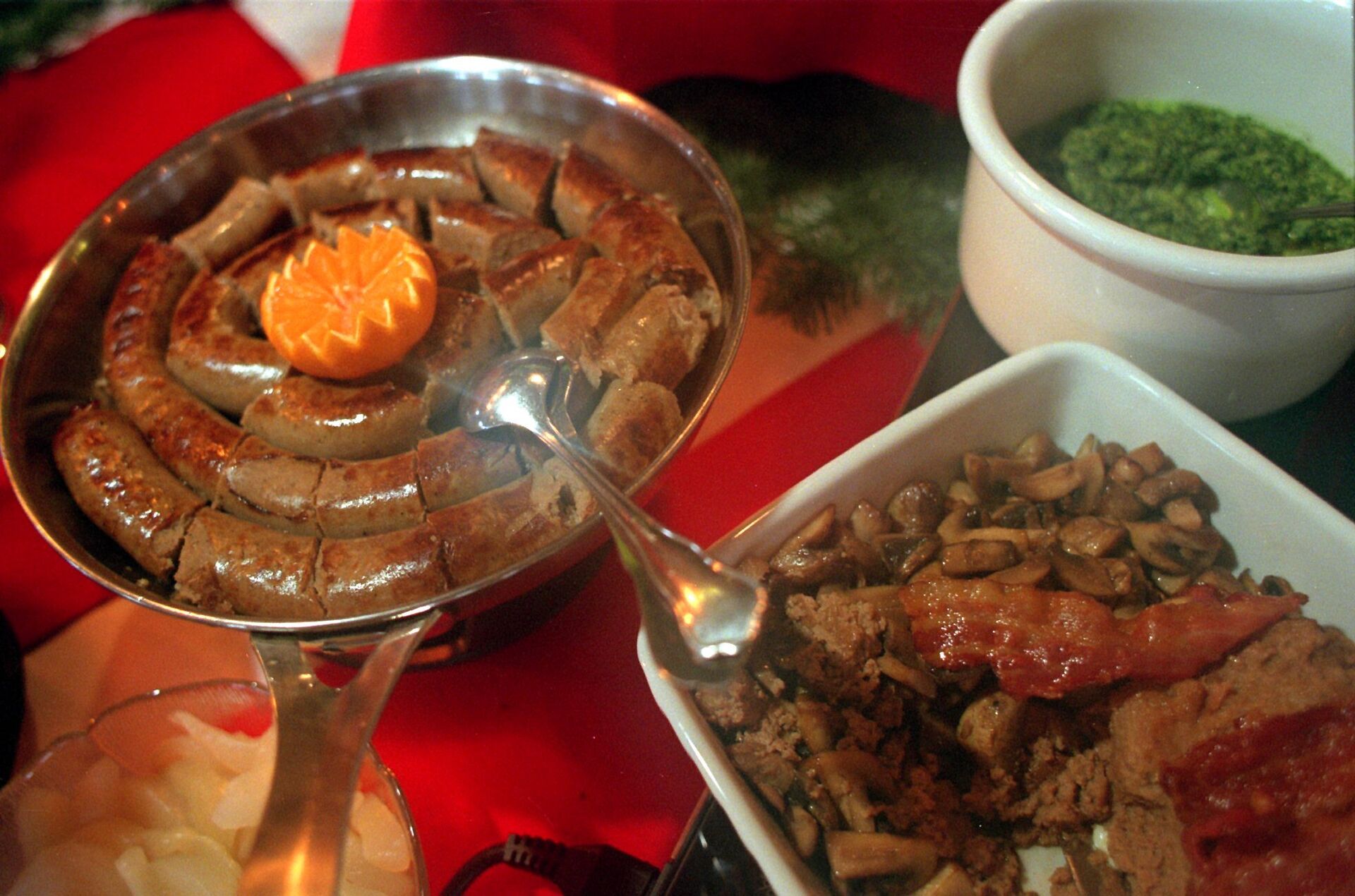In a separate analysis, Politiken's annual price check revealed last week that all goods at the nation’s discount supermarket chains were 3.94 percent lower in June 2014 than in June 2013.
ECONOMY
Cheaper beer and food staple prices
Beer drinkers had to wait a year for promised savings to materialise, but the lower prices now come at a time when other staples have also dropped in price.
Published: 6 July 2014 13:38 CEST

Coffee is one of the products that is now cheaper for Danish consumers. Photo: Colourbox
Two recent analyses have delivered some welcome good news for Danish consumers, who pay the highest food and drink prices in the EU.
The Economic Council of the Labour Movement (Arbejderbevægelsens Erhversråd – AE) released a study on Sunday showing that the price of beer has finally fallen following the government’s reduction of levies a year ago.
As part of its national growth plan Vækstplan DK, and in an effort to curb cross-border shopping in Germany, the government agreed to completely scrap a levy on soft drinks and reduce a levy on beer by 15 percent.
The problem for consumers is that these savings were not passed on to them, as a series of price checks and analyses showed that beer and soda prices remained virtually unchanged.
Until now. The AE analysis shows that the price of soft drinks, mineral water and juice have fallen by 8.5 to 12.25 percent compared to last year’s prices, while the price of beer fell 3.5 percent through the first five months of 2014 compared to the same period last year.
“It’s good that something has begun to happen with the prices, but it sure did take long enough,” AE’s chief analyst Frederik Pedersen told Politiken.
A spokesperson for the supermarket chain Coop, which operates Kvickly, Fakta and Superbrugsen stores, said that it was only natural that it would take awhile for the discounts to reach consumers.
“It takes time before we make new sales campaigns, which can be planned as far as six months in advance,” spokesperson Jens Juul Nielsen told Politiken.
Nielsen said beer sales are brisk in his stores thanks to the lower prices.
“We can see it in the figures. We are selling considerably more canned soda and beer, and more than half of it is sold at a discount,” he said.
It’s not just consumers who are benefitting from the price decrease. The Danish Brewers’ Association (Bryggeriforeningen) said that beer sales are up one percent on the year.
“We are happy to see that the levy reductions have made their way out to the supermarket shelves. The price fall can be the reason that beer sales are increasing,” the association’s Per Sten Nielsen said.
According to Politiken, if those numbers hold throughout the remainder of 2014 it would mark the first time in 25 years that the sales of beer have increased in Denmark.
Other staples cheaper too
In a separate analysis, Politiken's annual price check revealed last week that all goods at the nation’s discount supermarket chains were 3.94 percent lower in June 2014 than in June 2013.
In a separate analysis, Politiken's annual price check revealed last week that all goods at the nation’s discount supermarket chains were 3.94 percent lower in June 2014 than in June 2013.
According to the price check, flour was 14 percent cheaper while bottled beer prices fell by eight percent and coffee prices were five percent lower.
Las Olsen, an economist with Danske Bank, called it “sensational' that Danish discount stores were dropping their prices at the same time that global prices on food staples were increasing.
“Grain, meat and coffee have increased across the board by 20 percent since the start of the year. But here at home we have seen falling food prices,” Olsen told Politiken. “That, I must say, is something new.”
Eurostat figures showed that in 2012, Danish consumers paid 143 percent of the EU average for basic food and drinks. Only shoppers in non-EU member countries Switzerland and Norway paid higher prices.
Url copied to clipboard!




 Please whitelist us to continue reading.
Please whitelist us to continue reading.
Member comments